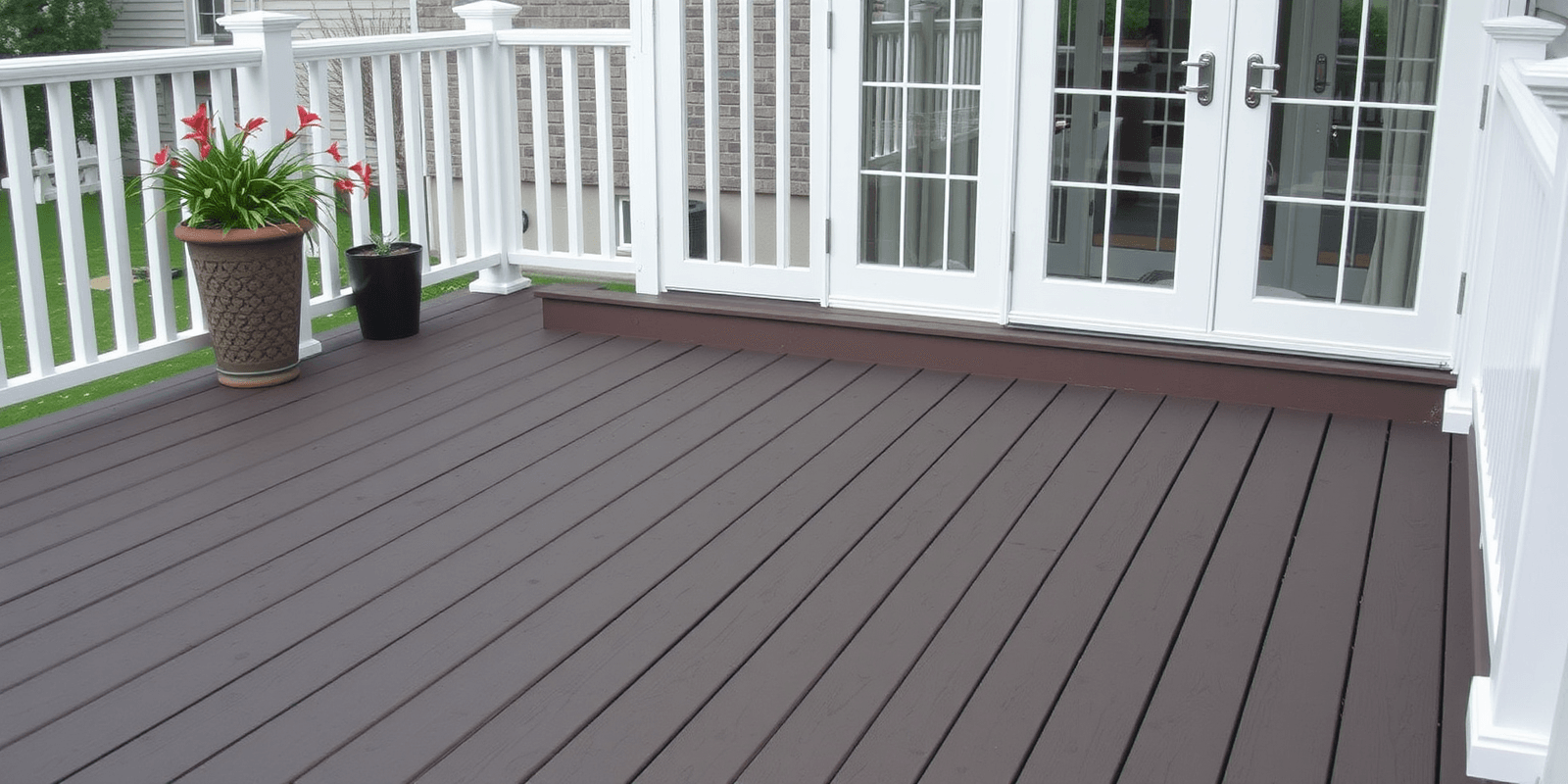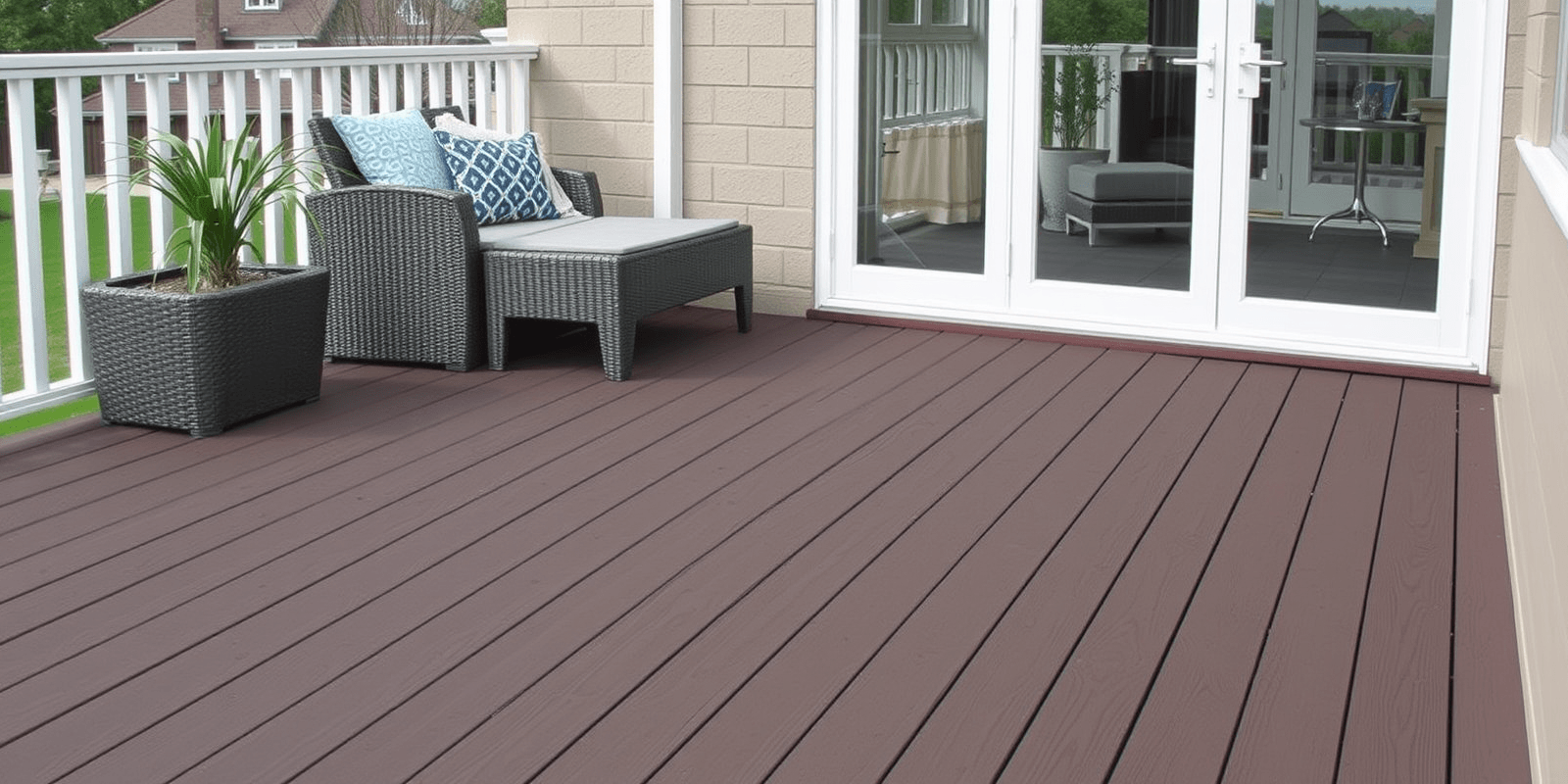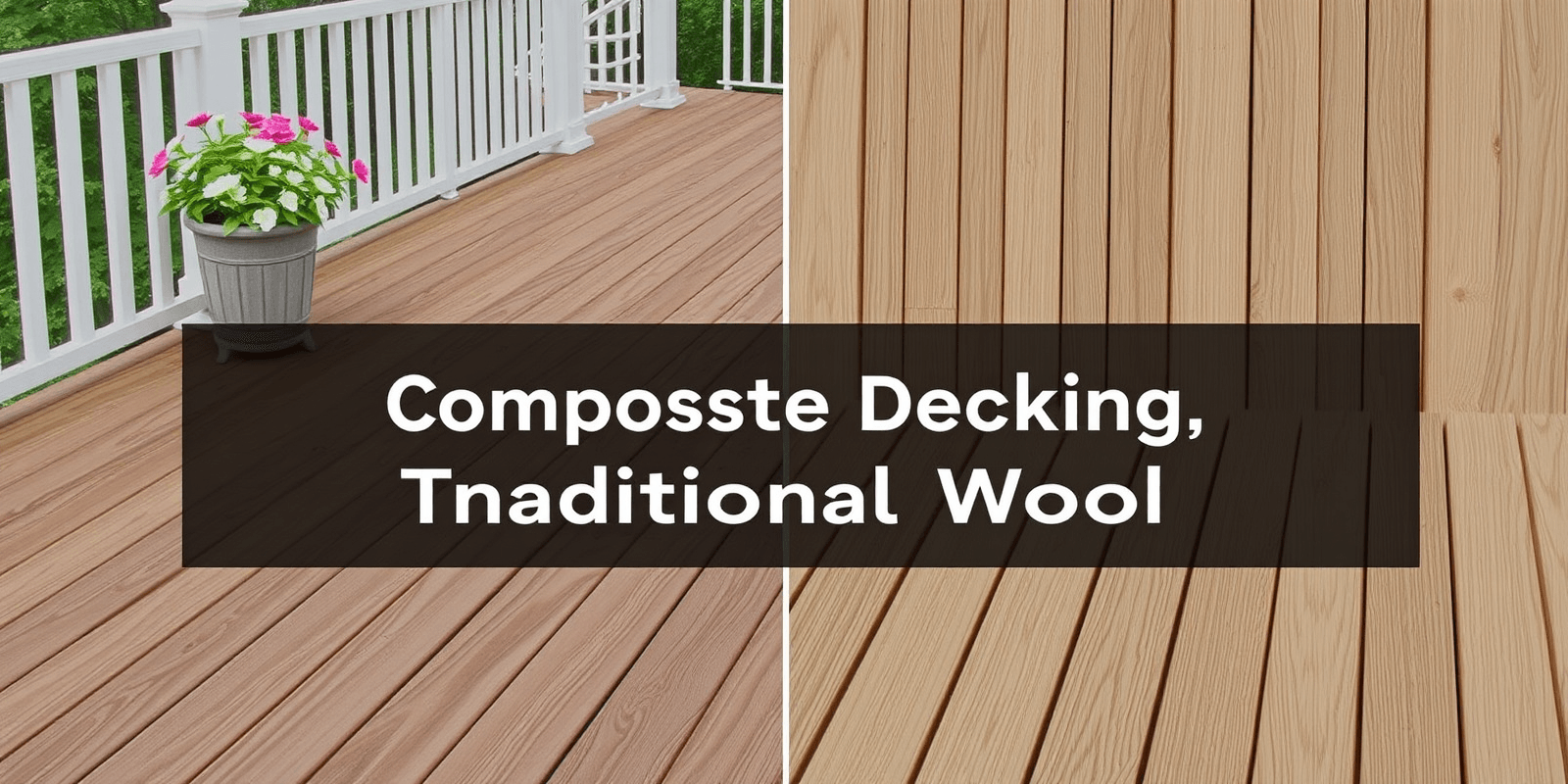“`html
What is Hollow Composite Decking?
Introduction to Hollow Composite Decking
Hollow composite decking has become a popular choice in recent years for those looking to enhance their outdoor living spaces. Unlike traditional wooden decks, which require constant maintenance and are prone to rotting and warping, hollow composite decking offers a durable, low-maintenance alternative. This article delves into the manufacturing process of hollow composite decking, its advantages over solid composites, cost-effectiveness, environmental impact, installation tips, and maintenance requirements.
Manufacturing Process of Hollow Composite Decking
The production of hollow composite decking begins with the mixing of wood fibers or cellulose and plastic resins. These materials are then extruded through a die to form the desired shape, creating a hollow core that reduces weight while maintaining structural integrity. The hollow core also helps in reducing material costs without compromising on strength and durability. The final product is a board that is resistant to moisture, insects, and UV rays, making it an ideal choice for outdoor applications.
Advantages Over Solid Composites
Hollow composite decking offers several advantages over its solid counterparts. Firstly, due to its hollow core design, it is significantly lighter, making it easier to handle during installation. Additionally, the lighter weight can reduce shipping costs and make transportation more efficient. Furthermore, the hollow structure can help in reducing thermal expansion and contraction, leading to less warping and cracking over time. Lastly, hollow composite decking often comes with channels that facilitate water drainage, further enhancing its durability and longevity.
Cost-Effectiveness and Environmental Impact
From a cost perspective, hollow composite decking can be more economical than solid composites due to the reduced amount of raw materials required during manufacturing. Moreover, the lower weight translates into lower shipping costs, making it a more cost-effective option overall. In terms of environmental impact, hollow composite decking is made from recycled materials and is fully recyclable at the end of its lifecycle. This makes it a sustainable choice compared to traditional wooden decks, which contribute to deforestation and have a shorter lifespan.
Installation Tips
Installing hollow composite decking is similar to installing solid composites. However, due to its lighter weight, special care should be taken when handling the boards to avoid bending or breaking. Ensure proper spacing between boards to allow for expansion and contraction. Use screws instead of nails to prevent splitting, and consider using hidden fasteners for a cleaner look. Proper installation will ensure the longevity and aesthetic appeal of your deck.
Maintenance Requirements
Maintaining hollow composite decking is relatively simple. Regular cleaning with mild soap and water is sufficient to keep the deck looking new. Avoid using abrasive cleaners or tools that could scratch the surface. Periodically check for any loose screws or fasteners and tighten them as needed. With proper care, hollow composite decking can last for many years, providing a beautiful and functional outdoor space.
“`



